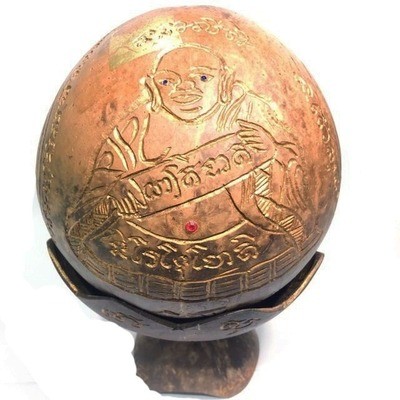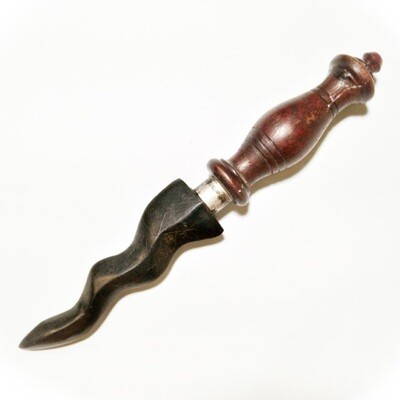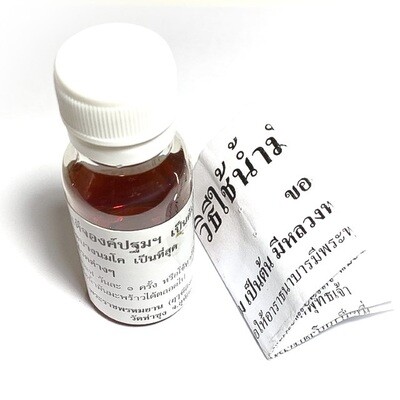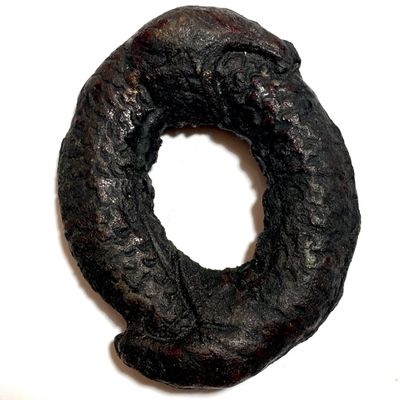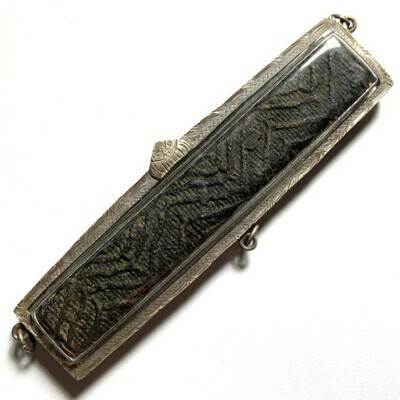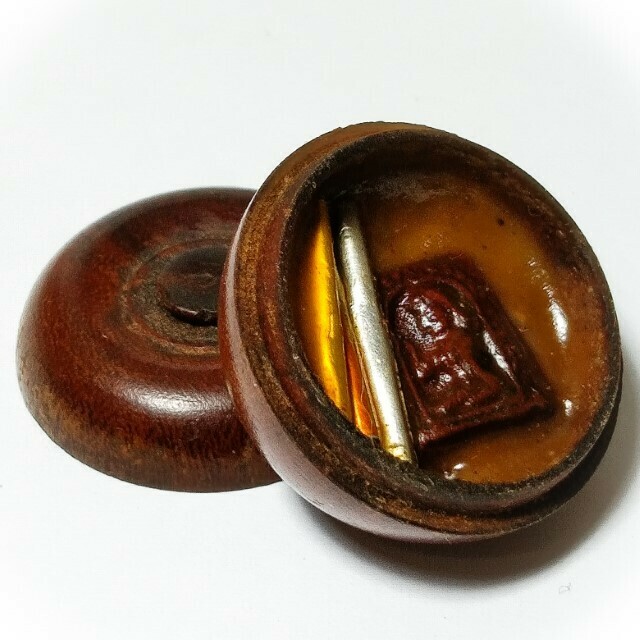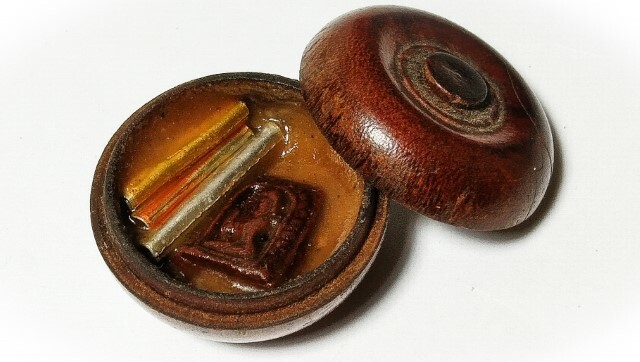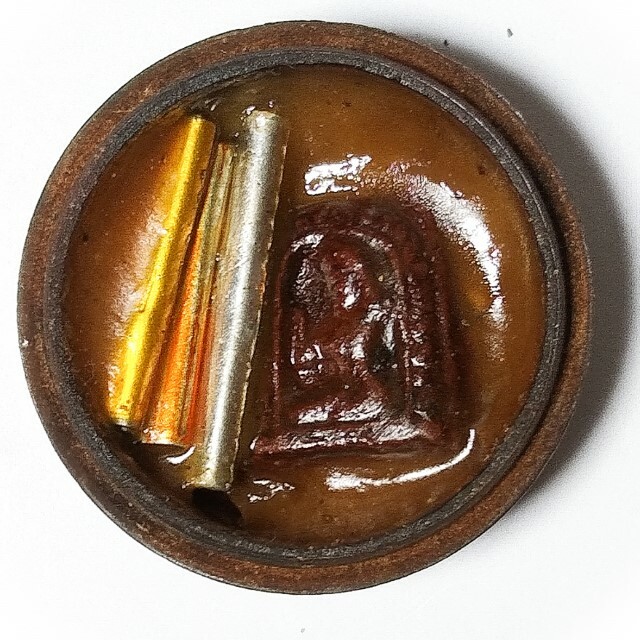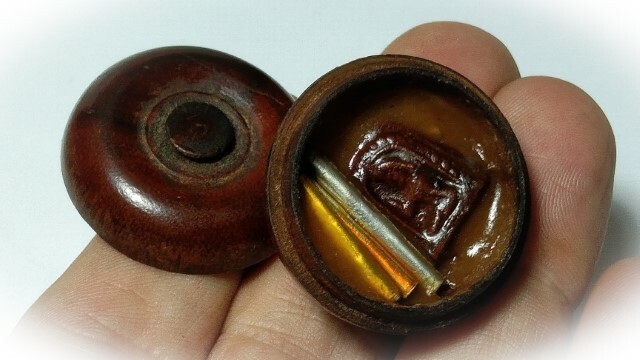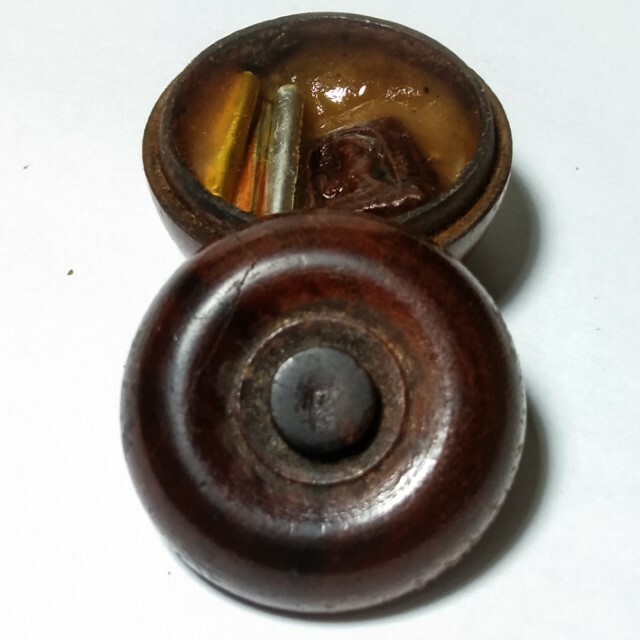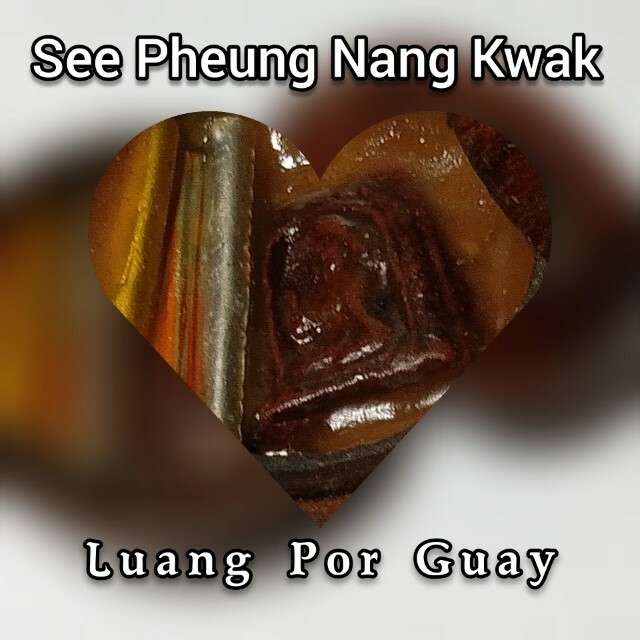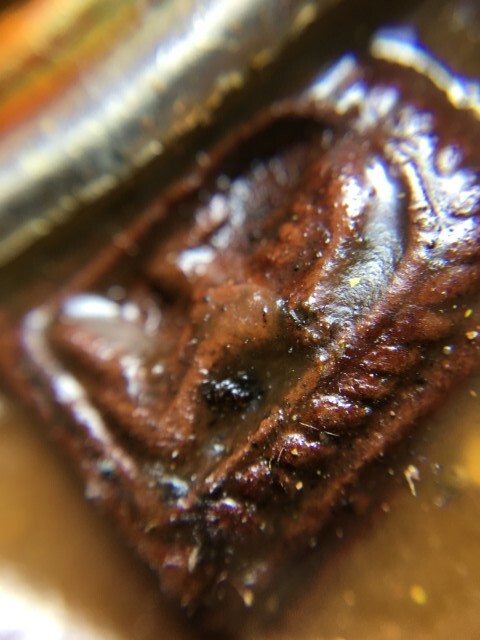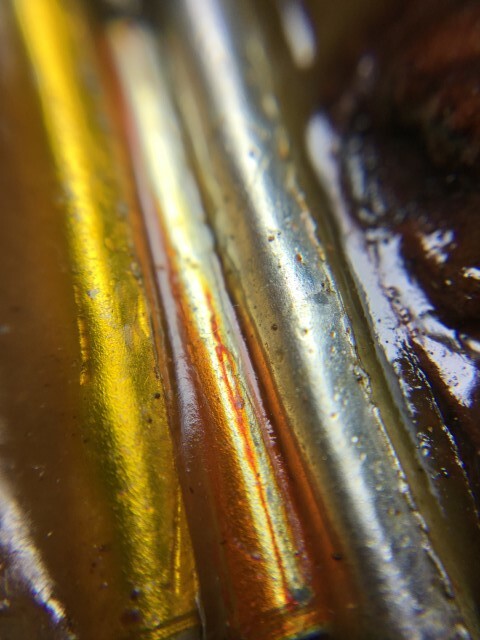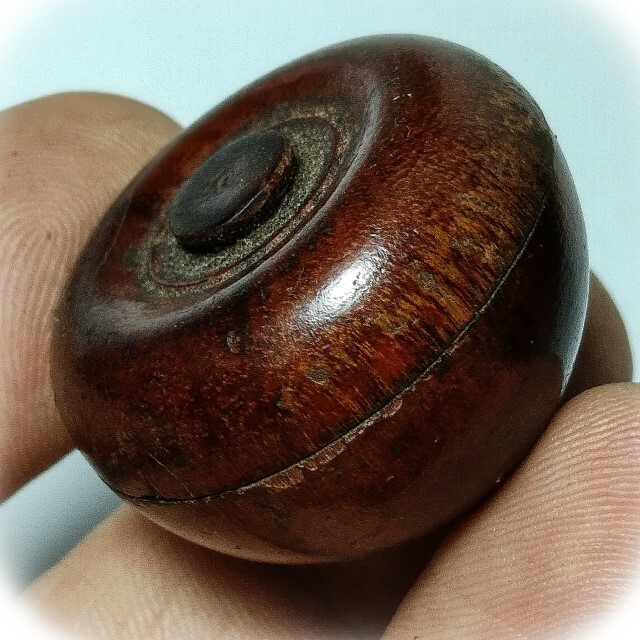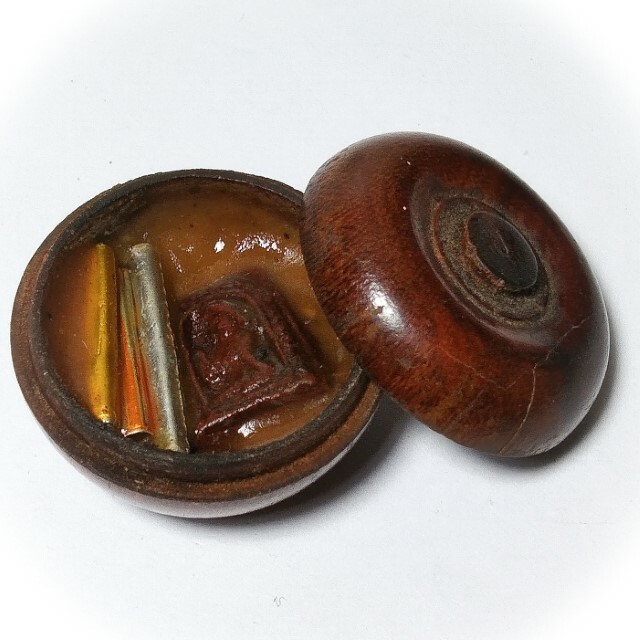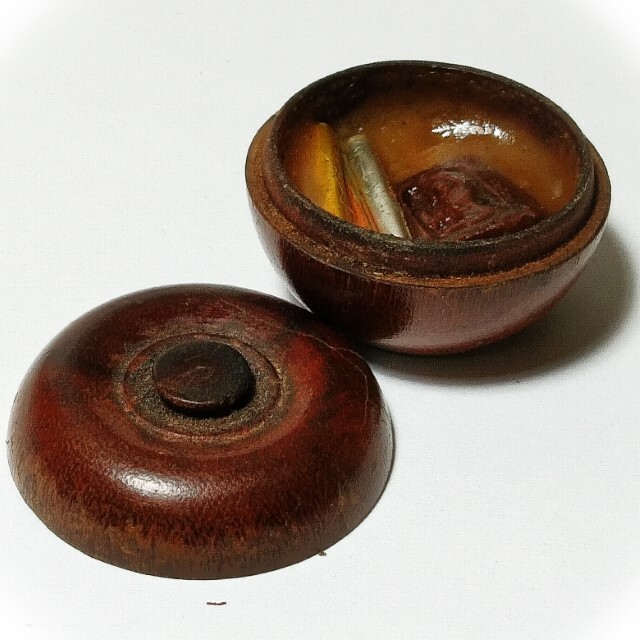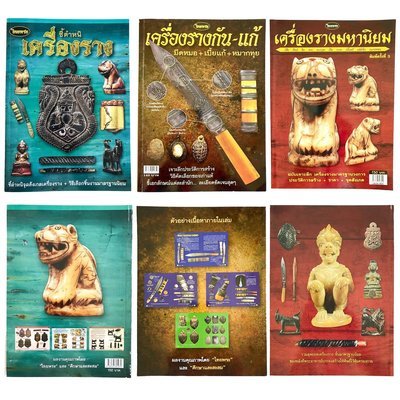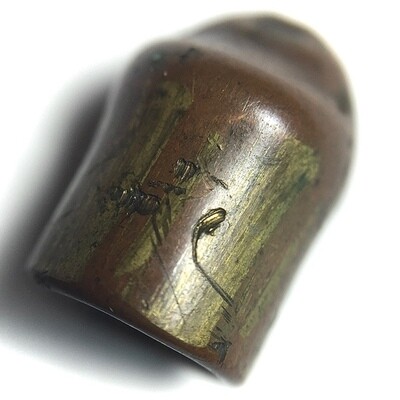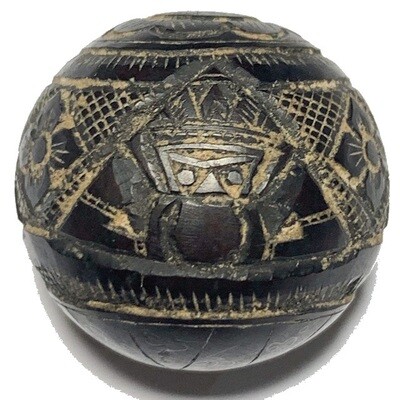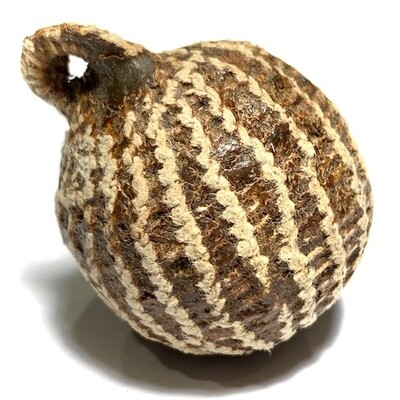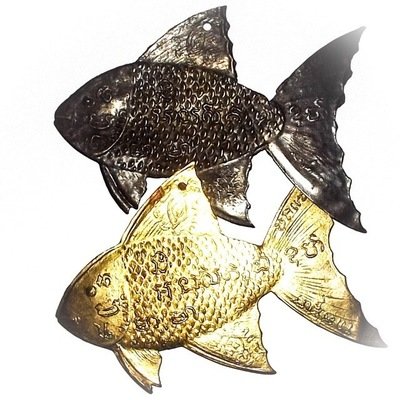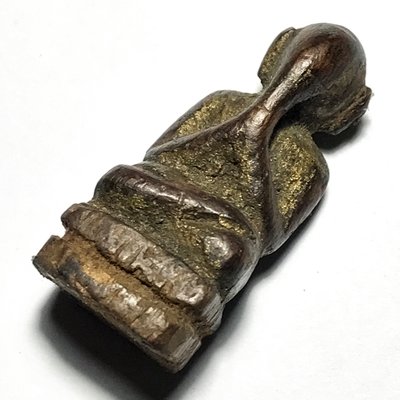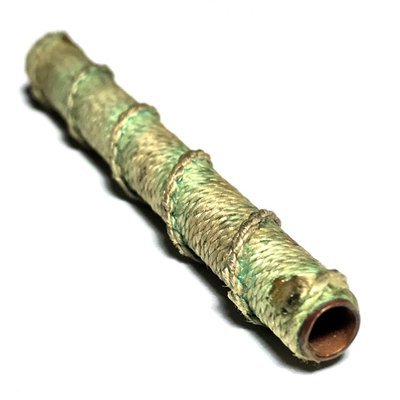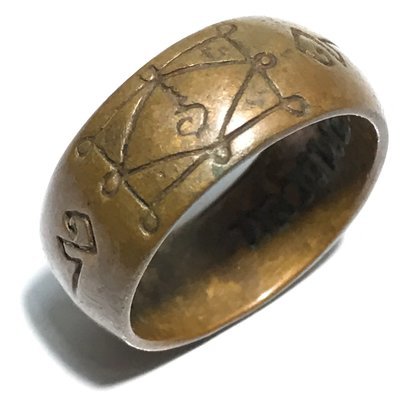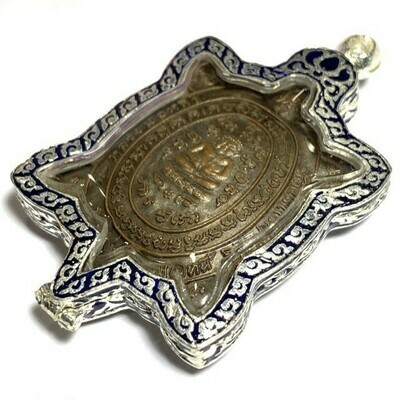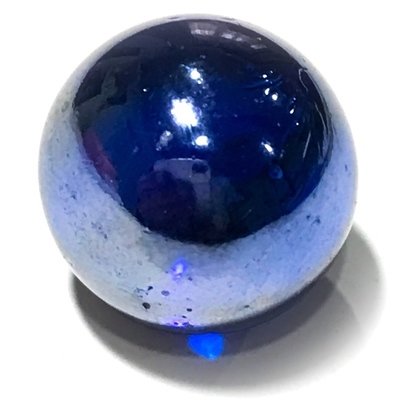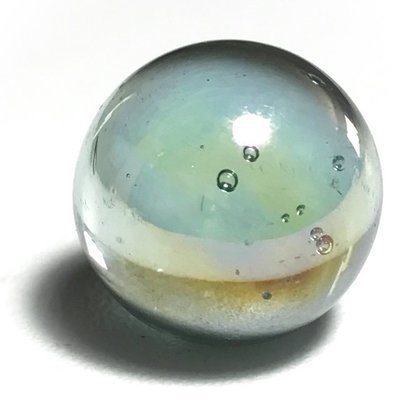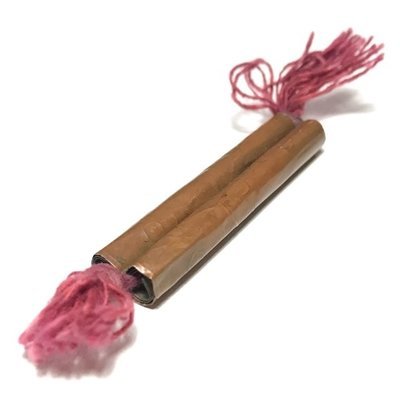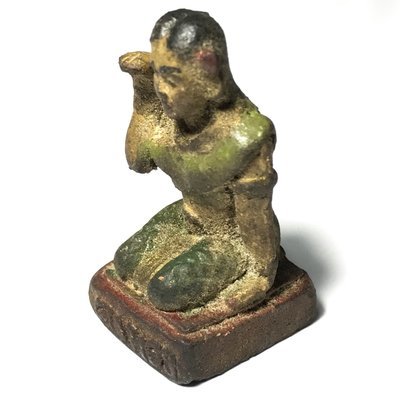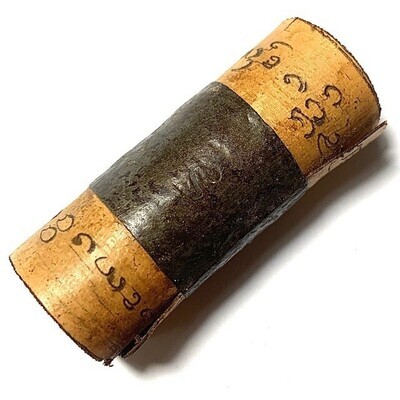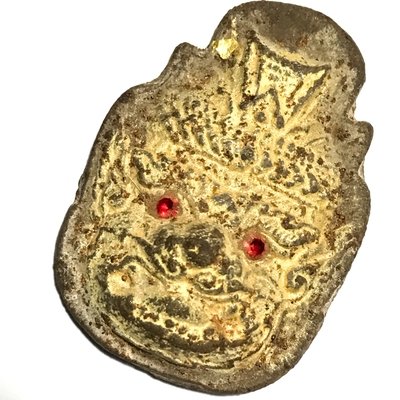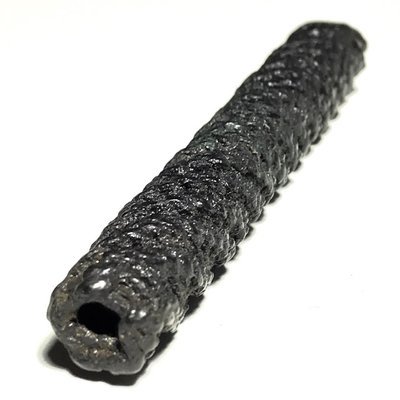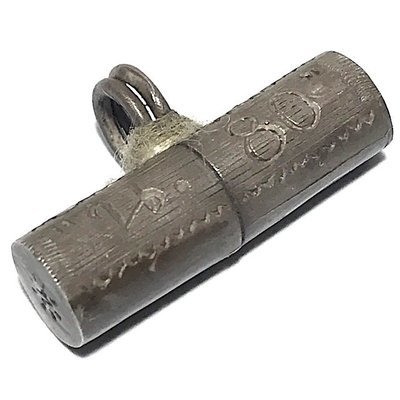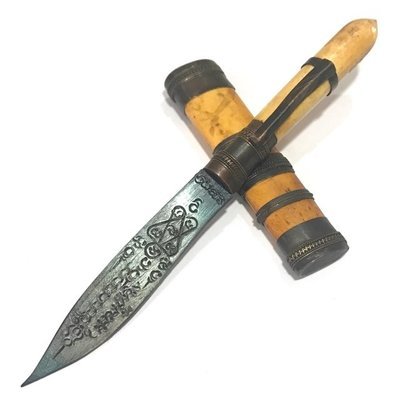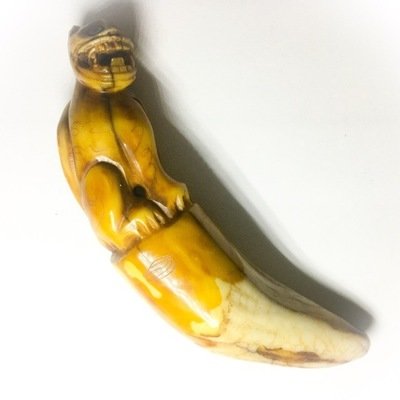
Ancient Amulet Store – Purveyors of preferred Classic Thai Buddhist Amulets for the True Devotee and Distinguished Collector
Discover the immensely deep and fascinating world of Vintage Thai Buddhist Amulets. Ancient Amulet is a long term established and internationally recognized Vintage Amulet Shop, and A Trusted Source for Classic Thai Buddhist Amulets for Devotees and Discerning Collectors, and is one of the many sub projects of informational sources created by Thai Amulet, Buddhism and Thai Occult Expert, Ajarn Spencer Littlewood . as part of his ‘Buddha Magic Project‘
Ancient Amulet provides authentic Antique and Rare Thai Amulets of the Pre and Early Post-Modern Era, of high esteem and Sacred Value, to revere, study and collect. Our Ancient Thai Buddhist Amulets are selected from the finest exhibits we can discover, and given diligent study and authentication processes. Our collection showcases time-honored amulets crafted by ancient masters, boasting captivating qualities and representing the esteemed Pra Niyom class. We offer authentic, highly valued ancient Thai Buddhist amulets from the pre and early post-modern eras, carefully selected from the finest exhibits and thoroughly examined. We invite you to study, revere, and collect these classic amulets from ancient masters, and to learn about their magical aspects and the art of amulet evaluation
See Pheung Maha Sanaeh with Nang Kwak Amulet 3 Takrut in Wooden Pot Luang Por Guay Wat Kositaram (2448 - 2522 BE)
This wooden pot 'Dtalab Kroo' of See Pheung Maha Sanaeh of Luang Por Guay, is extremely rare compared to the widely known See Pheung Ber Hneung, which are found in red plastic pots with a number 1 on the bottom, and contain less quantity of this powerful Prai Oil based potion with amulets embedded. The See Phueng contains an extremely well preserved and clear example of the Pra Pong Mae Nang Kwak embedded within the Muan Sarn Paste, along with 3 Takrut spells.
A highly collectible and undoubtedly powerful magical potion with the Metta Maha Niyom magic of Nang Kwak, and the Maha Pokasap Power of Three Takrur for Metta, Pokasap, and Maha Lap, from the Great Luang Por Guay, of Wat Kositaram. The See Pheung is estimated to have been made roughly between the years 2480 and 2497 BE, for Luang Por Guay released Nang Kwak and other amulets continuously throughout this period.
The Nang Kwak amulet within the See Pheung bears the image of Nang Supawadee the Brahman Merchant's daughter, who brought her family to immense success and wealthy fortunes, through her Metta Maha Niyom Maha Sanaeh Maha Lap Maha Pokasap power, which she had received as a blessing through having listened to Dhamma sermons from two great Arahants. Nang Kwak is waving and beckoning customers to come to her father's market cart and buy their wares, and is successful in this endeavor, through the mercy charm and seductive aura she emanates.
Luang Por Guay's amulets have reached the highest level of respect and collectorship in their history now, and are considered to have noticeable effects that are felt be everybody who owns and wears one of his amulets. The stories of confirmation of their power are more than can be counted, and his great Patipata and Exceedingly Powerful applied methods of Sorcery are a large part of what attributes to their power.
His amulets are now extremely rare to find because those who already own any will never wish to part with them again, and they are hence becoming one of the rarest kind of amulets to find these days. Usuallly this happens because of speculation by the collector scene, but in the case of Luang Por Guays amulets, it has happened primarily for their Sacred Value, much much more than for their collectorship and artistic value, which is of course also extremely high.
Luang Por Guay was famous and extremely respected for his immensely diligent and complex manner of empowering (Pluk Sek) amulets, which involved daily empowerments at various times of day namely at dawn, morning, midday, afternoon, evening and midnight.
In addition, he would perform empowerments during the various 'Reuks' (Astrological Influentian moments), to bring total coverage of protection and fortuitous blessings to all who might wear and Bucha his amulets, namely the 'Reuks Mongkol' Buddhist Auspicious alignments, the 'Reuks Jone' (Gangster Alignments) Inauspicious Alignments, and the 'Reuks Bun Paya Marn' Demonic Influential Alignments. This means that it did not matter who wore his amulets, Good people would wear them, Gangsters would wear them, anybody could wear them without loss of magical effect.
Luang Por Guay was born on 2nd of November 2448 in the year of the snake, in Soi 9, Ban Kae , Tambon Bang Khud, Sakburi, Chainat. His Patipata trajectory as a Buddhist Guru Monk is an amazing story that has enchanted Buddhist Folk to become his devoted followers all around Thailand, for his obvious extreme dedication to high empowerment methods using Occult Buddha Magic to create extremely powerful Sacred Amulets. He was also a Grand Master of Sak Yant Tattoos, which were highly reputed for their Kong Grapan Power.
Read about the Legend of Nang Kwak
Kata Chanting and Bucha method for Nang Kwak Deity
What to chant? What to Offer? How to place the statue?…
Nang Kwak is one of Thailands most commonly seen Deities. Her image is given offerings and prayed to, in order to increase wealth and business prosperity. She is a Deity revered by Merchants in both India and Thailand, by both Brahman, and Buddhists alike. Nang Gwak is the helper of all shop-owners and merchants. She is normally seen placed on a high shelf (normally a wooden or red and gold lintel, called ‘Hing’ in Thai) and offered “Nam Daeng” (a red syrupy drink, often used in Bucha offerings to Deities in Thai Buddhist practice). Also, Incense, and flower garlands are offered to please Nang Gwak, and bring customers and make sales.
Kata Nang Gwak is used when paying devotional merits to Nang Gwak, who is used in the place of business to increase the amount of customers and sales you may ingress. Nang Gwak is a very popular magic cloth Yantra used in most business establishments in Thailand. You can also see Nang Gwak worshiped as a statue .
How to Rever Nang Gwak
To Bucha Nang Gwak, One should use 5 incense sticks and offer flowers (preferably jasmine), red syrup drink (‘Nam Daeng’). Some water, and also some sweets and rice as offerings.
Light the incense, candles, and offer the flowers and drinks. Then Say “Namo Dtassa Pakawadto Arahadto Sammaa Samputtassa” 3 times, and bow three times to Buddha before you begin chanting Kata Nang Kwak
Use this Kata when you are going to sell things, or in your place of business in the morning. The above youtube clip is a slow and clear pronunciation of the below text, exactly as it is written;
Om Sriwichay Gangwian
Phu Jao Khao Khiaw Mii Luuk Kon Diaw Cheu Naang Gwak
Chaay Hen Chaay Rak Hying Hen Hying Tak
Tak Tuan Naa Puak Paanichaa Paa Guu Bpai Kaa Terng Mueang Maen
Guu Ja Bpai Kaa Hua Whaen Gor Dai Wan La Saen Tanaan
Guu Ja Kaa Saarapadgarn Gor Dai Doey Klong
Guu Ja Kaa Tong Mua Rai, Gor Dai Dtem Haab Piang Wan Nii Bpen Rooy
Saam Haab Ma Ruean Saam Duean Bpen Saedtii Saam Bpii Bpen Por Kaa Sampao
Pra Rasii Puu Bpen Jao Bprasit Hai Gae Luuk Kon Diaw Swaaha.
HOW TO USE METTA OILS AND BALMS

Luang Por Guay Passed away under miraculous circumstances on the 12th April in the year 2522 BE as foretold by himself.
Read full Biography of Luang Por Guay - Wat Kositaram
